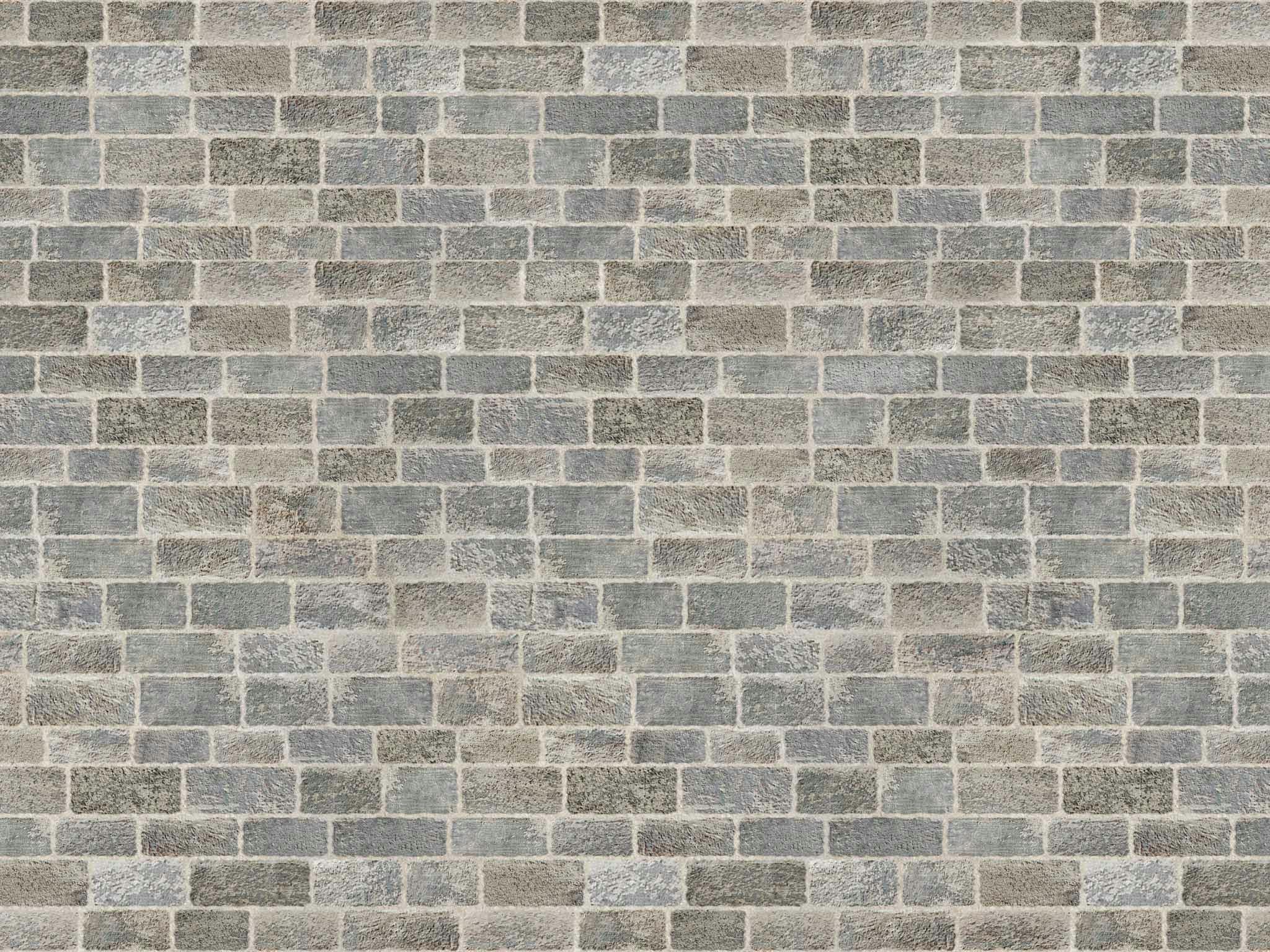Introduction
Did you know that unaddressed basement wall issues can escalate into costly repairs, potentially compromising your home’s foundation? Basement wall repair is a critical aspect of home maintenance, particularly in regions like Chicago, where moisture and soil pressure are common culprits. Whether you’re facing cracks, leaks, or bowing walls, understanding how to address these problems can save you significant time, money, and stress. In this ultimate guide, we’ll walk you through everything you need to know about basement wall repair, from identifying common issues to choosing the most effective repair methods for your situation. Let’s dive in and ensure your basement remains a solid, safe space.
Section 1: Common Basement Wall Issues
Basement walls are prone to various problems due to environmental factors like water pressure, soil movement, and even poor initial construction. Recognizing these issues early is the first step toward effective basement wall repair. Here are the most frequent concerns homeowners encounter:
-
Cracks: Ranging from hairline fractures to wide gaps, basement wall cracks often result from foundation settling or hydrostatic pressure. Small cracks might seem minor, but they can worsen over time.
-
Leaks: Water seeping through walls, known as basement wall leak repair territory, can lead to mold growth, mildew, and structural damage if ignored.
-
Bowing: When walls bulge inward, typically due to external soil pressure, it signals a need for basement wall bowing repair. This is a serious issue requiring prompt attention.
-
Water Damage: Signs like stains, efflorescence (white, powdery deposits), or peeling paint indicate moisture infiltration, often tied to water damage in basement walls.
Addressing these problems promptly can prevent escalation, making it essential to understand their causes and symptoms.
Section 2: Basement Wall Repair Methods
Once you’ve identified the issue, selecting the right repair method is crucial. Here’s an in-depth look at the most effective basement wall repair methods, supported by data on their efficacy:
-
Epoxy Injection: Perfect for basement wall crack repair, this method involves injecting epoxy resin into cracks to seal and bond them. A 2022 study by the Foundation Repair Association found epoxy injections to be 95% effective in preventing crack reoccurrence.
-
Polyurethane Foam: Ideal for basement wall leak repair, this foam expands upon injection, filling voids and creating a waterproof barrier. It’s flexible and durable, with a success rate of 90% for leak prevention (HomeAdvisor, 2023).
-
Carbon Fiber Reinforcement: Used in basement wall reinforcement, carbon fiber strips or sheets are applied to bowing walls, offering tensile strength up to 10 times that of steel. This method is non-invasive and highly effective.
-
Wall Anchors: For basement wall stabilization, wall anchors involve installing metal plates to pull bowing walls back into alignment. Studies show they can restore wall integrity in 85% of cases (Structural Engineering Journal, 2021).
Each method has its strengths, tailored to specific damage types, ensuring a robust solution for your basement.
Section 3: Cost of Basement Wall Repair
A common question homeowners ask is, “How much does basement wall repair cost?” The answer depends on the damage extent and repair method. Here’s a detailed breakdown:
|
Repair Type |
Average Cost Range |
Factors Affecting Cost |
|---|---|---|
|
Minor Crack Repair |
$500 – $1,000 |
Crack size, epoxy type |
|
Leak Repair |
$2,000 – $5,000 |
Extent of water damage, foam volume |
|
Bowing Wall Repair |
$5,000 – $10,000 |
Number of anchors, wall length |
|
Full Waterproofing |
$3,000 – $8,000 |
Basement size, drainage complexity |
-
DIY Costs: Basic kits for DIY basement wall repair (e.g., epoxy or waterproofing paint) range from $50 to $200, but they’re limited to minor fixes.
-
Professional Costs: Hiring experts ensures longevity, with warranties often included. For instance, basement wall bowing repair might cost more upfront but prevents future expenses.
Get multiple quotes and confirm inclusions like follow-up inspections to budget accurately.
Section 4: DIY vs. Professional Basement Wall Repair
Should you tackle basement wall repair yourself or hire a pro? It depends on the issue’s severity. Here’s a comparison to guide your decision:
-
DIY Basement Wall Repair:
-
Best For: Small basement wall cracks or surface waterproofing.
-
Tools Needed: Epoxy kits, caulk guns, waterproofing paint, brushes.
-
Pros: Cost-effective, empowering for handy homeowners.
-
Cons: Limited to minor issues; improper application can worsen damage.
-
-
Professional Repair:
-
Best For: Basement wall bowing repair, extensive leaks, or structural concerns.
-
Benefits: Expertise, advanced tools (e.g., wall anchors), warranties.
-
Considerations: Higher initial cost but long-term reliability.
-
For minor fixes, a DIY approach can work—apply epoxy to a hairline crack following kit instructions. However, for basement wall stabilization or significant leaks, professionals ensure safety and efficacy. Ask yourself: “Can I handle this, or is it time to call an expert?”
Section 5: Preventing Future Basement Wall Problems
Prevention is the ultimate defense against recurring basement wall repair needs. Implement these strategies to safeguard your basement:
-
Proper Drainage: Ensure gutters and downspouts direct water at least 5 feet from your foundation, reducing hydrostatic pressure.
-
Grading: Slope soil away from your home at a 5% grade to prevent water pooling—a key aspect of basement wall waterproofing.
-
Regular Inspections: Check walls quarterly for cracks, moisture, or bowing signs.
-
Sump Pumps: Install one to manage groundwater, especially in flood-prone Chicago areas.
-
Dehumidifiers: Maintain humidity below 50% to combat water damage in basement walls.
These proactive steps can extend your basement’s lifespan, minimizing repair frequency and costs.
Conclusion
Basement wall repair is more than a fix—it’s an investment in your home’s structural integrity and value. From tackling basement wall cracks and leaks to mastering basement wall stabilization, this guide has equipped you with the knowledge to act decisively. Whether you opt for DIY basement wall repair or professional intervention, understanding methods, costs, and prevention is key. Don’t let basement issues linger—take control today. For expert help in Chicago, contact us for a free basement wall inspection. Your home deserves the best.



